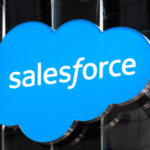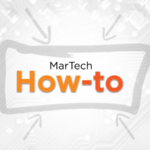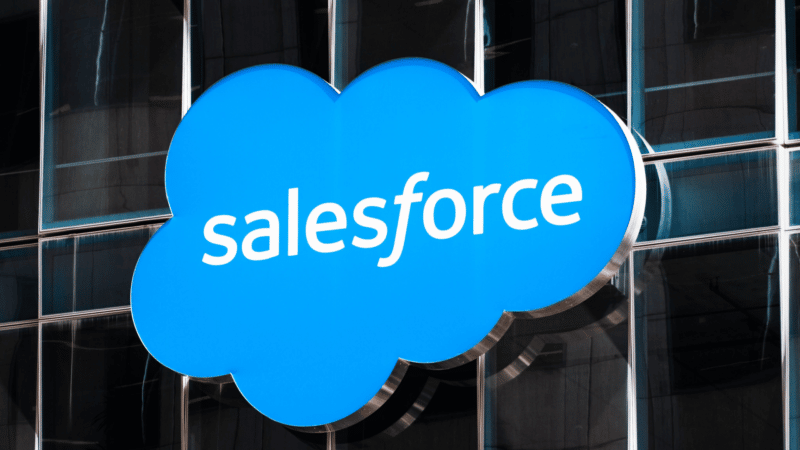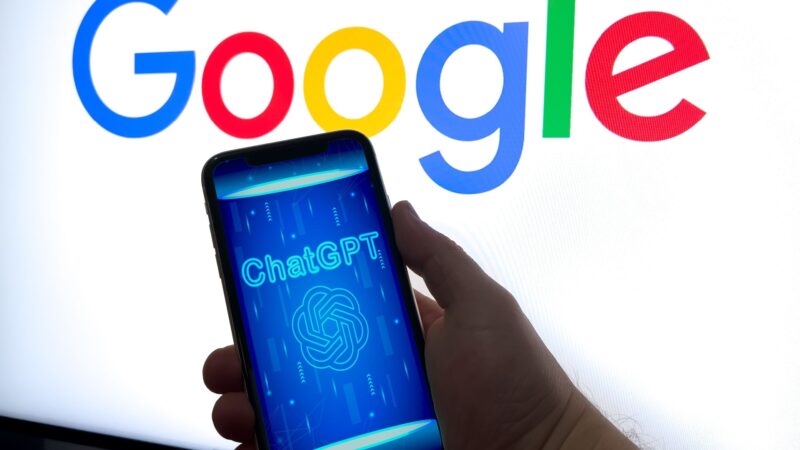
Here’s a question to consider: Does it take more than 250 touchpoints to close a B2B SaaS deal in today’s world?
That’s a lot of touchpoints. But B2B software sales are incredibly complicated things. They involve a lot of people.
Any sizable B2B SaaS deal includes:
- A buying committee.
- Influencers (not the ones you see on TikTok, but old-school influencers).
- Lawyers.
- Procurement professionals.
- Executives.
Each of these roles has its own horse in the B2B SaaS buying race, which isn’t really a race at all because it takes months, in many cases, to get all of these people to agree on anything.
Here’s what happened on LinkedIn this week when HockeyStack, a software vendor that helps marketers with attribution and account analysis, released a report on B2B touchpoints.
(Disclosure: I discussed a previous HockeyStack report with Canberk Beker, who used to lead growth for HockeyStack, but recently left the company.)
Here’s what the HockeyStack touchpoint report found
HockeyStack uses anonymized data from its clients to put together reports and paint a picture of how B2B marketing efforts lead to sales. The dataset is, therefore, limited to those companies. You can read the touchpoint report findings on the HockeyStack site.
Here are some of the high-level findings:
- The average number of touchpoints required to generate an MQL increased by 31% from 2023 to 2024 — it now takes 71 touchpoints for a B2B SaaS company to generate an MQL.
- In 2024, companies need 2,879 impressions and 266 touchpoints to close a deal. That’s a 10% increase in impressions and a 20% increase in touchpoints from 2023.
- A $100K+ deal requires 1,893 impressions until a website visit and thousands of more touchpoints to win the deal.
Dig deeper: The 4 types of content buyers want
And then comes the distribution…
Like a lot of software vendors that have reports, surveys and data to promote, HockeyStack found a partner to help spread the word. HockeyStack teamed up with Exit Five, a B2B marketing community and education outfit founded by former Drift marketing executive Dave Gerhardt, to promote the report. And that’s what the Exit Five team did on LinkedIn.
The world of sponsored posts and paid promotion on and off social media is murky. That Exit Five’s people wrote about the report in LinkedIn posts is nothing new — either for Exit Five or countless other organizations.
But some of the initial feedback on the report focused on just that. One thread of this story is about influencers and paid promotion and some people’s opinions about Exit Five.
Dig deeper: Why does everyone seem to be re-thinking B2B marketing?
And then the schism comes forward…
The other thread to this story is about a schism in the B2B marketing world in general.
Part of HockeyStack’s appeal to B2B marketers is its offer of hope for attribution. Marketers who believe everything is measurable and it’s possible to accurately see how their spend leads to revenue were waiting for a tool to do what HockeyStacks claims to do.
But there’s another school of marketers in B2B who believe, among other things, this obsession with attributing spend to revenue isn’t really marketing at all. It ignores the importance of brand marketing and brand recognition, they say, and it seems to promote the idea that marketers can push B2B buyers (committee, influencers, lawyers and all) into the market to make a purchase.
(Disclosure: Both Eric Dates and Liam Moroney are MarTech contributors.)
This divide in B2B marketing is becoming more pronounced
When a vendor like HockeyStack puts out a report, it expects opinions. That’s not a bad thing. Agree or disagree, the brand becomes part of the conversation.
Love or hate Exit Five, the issue around transparency and sponsored posts is real. LinkedIn users should, by now, understand everyone has an angle.
The most interesting part of the whole story is the battle for the soul of B2B marketing. There are now two camps for sure (and maybe more) with two very different views on what it is and how it should be done.
The discussion around this report highlights the division.
The post What the LinkedIn debate over a HockeyStack report says about B2B marketing appeared first on MarTech.









